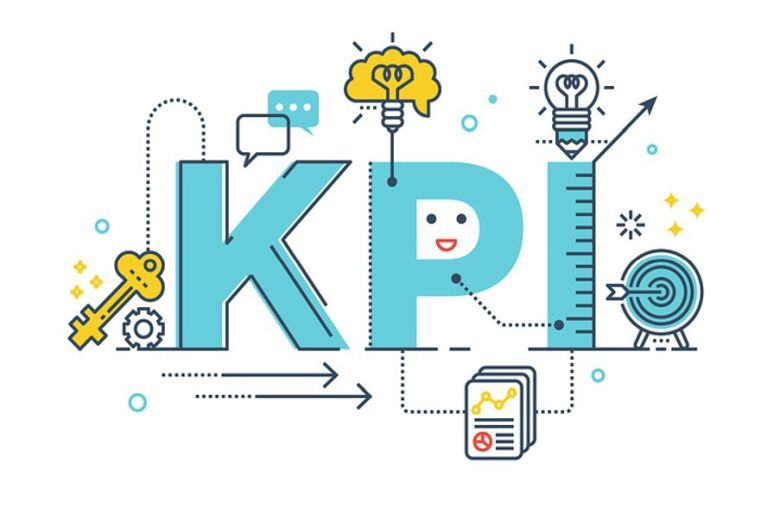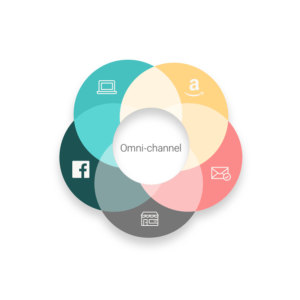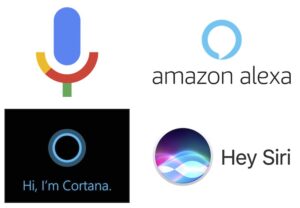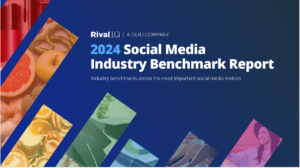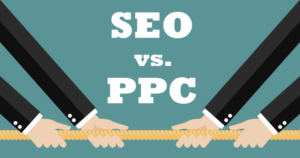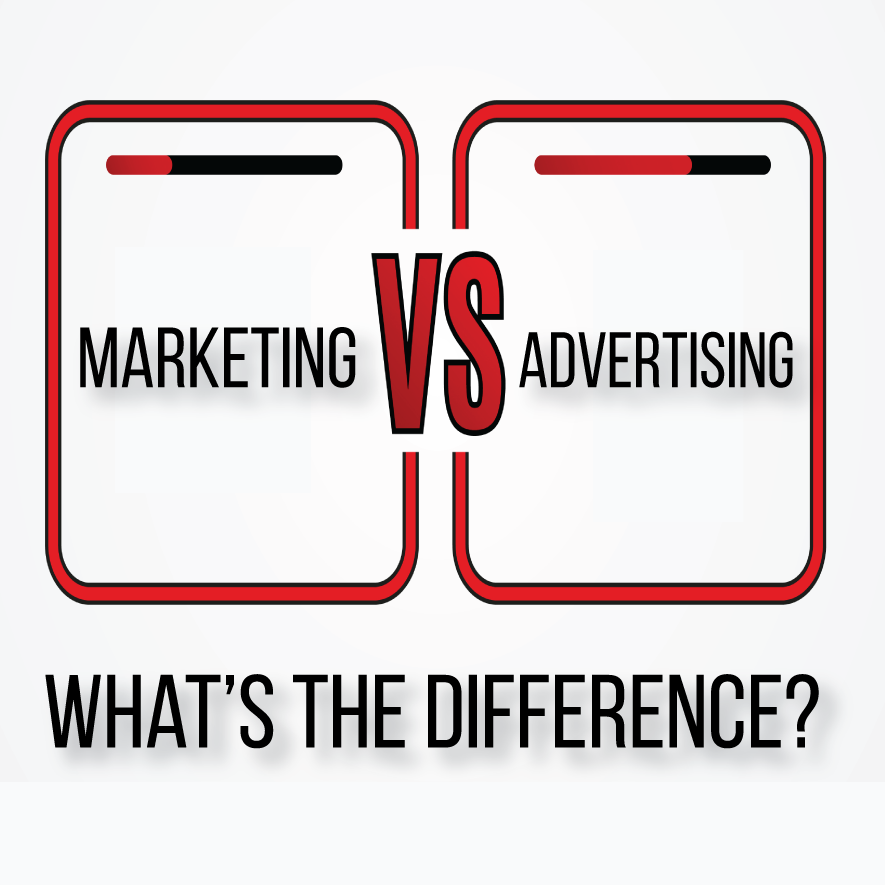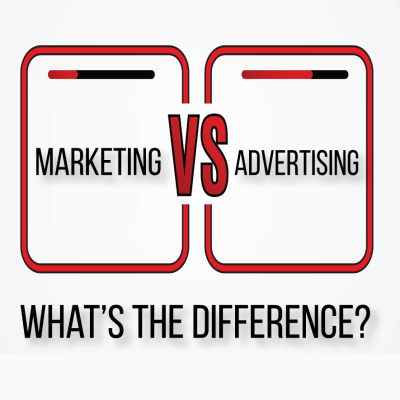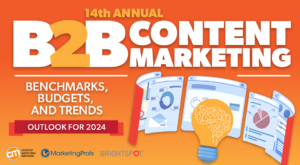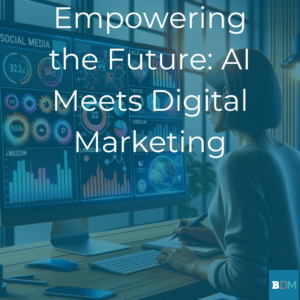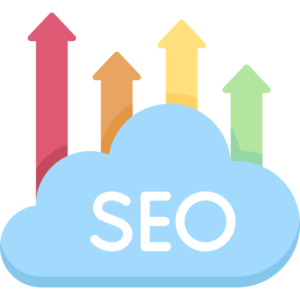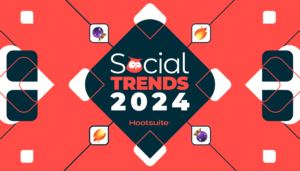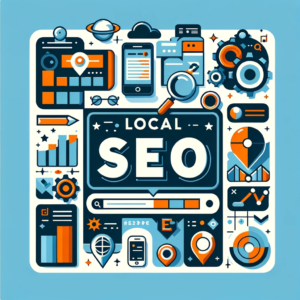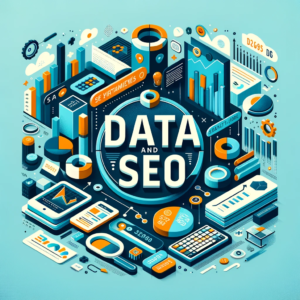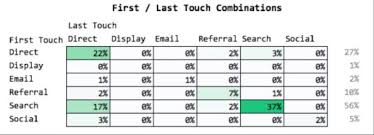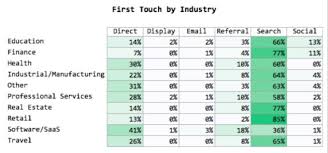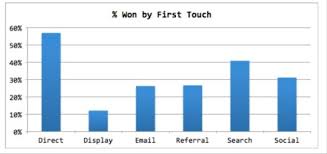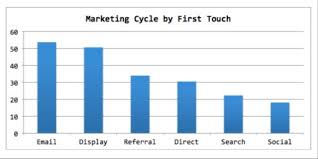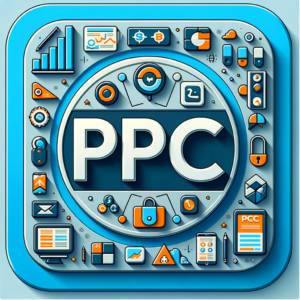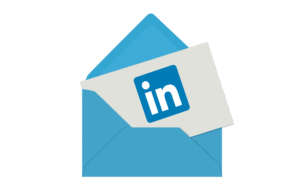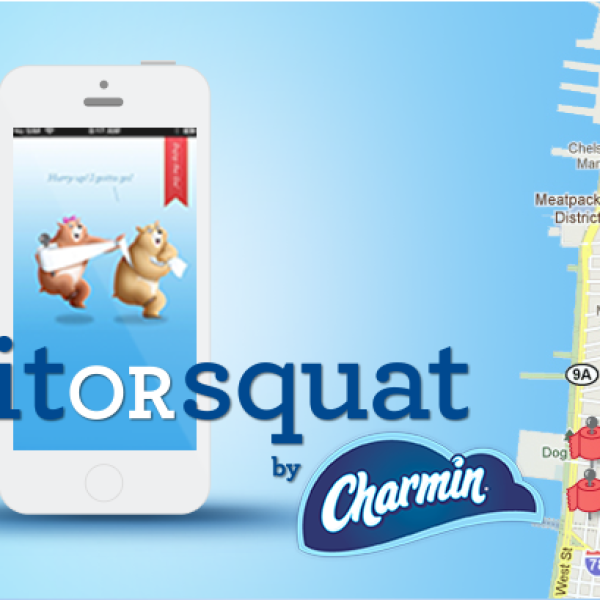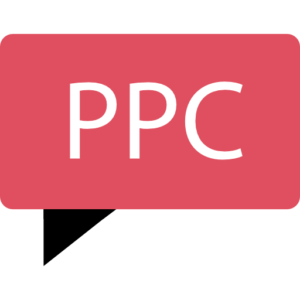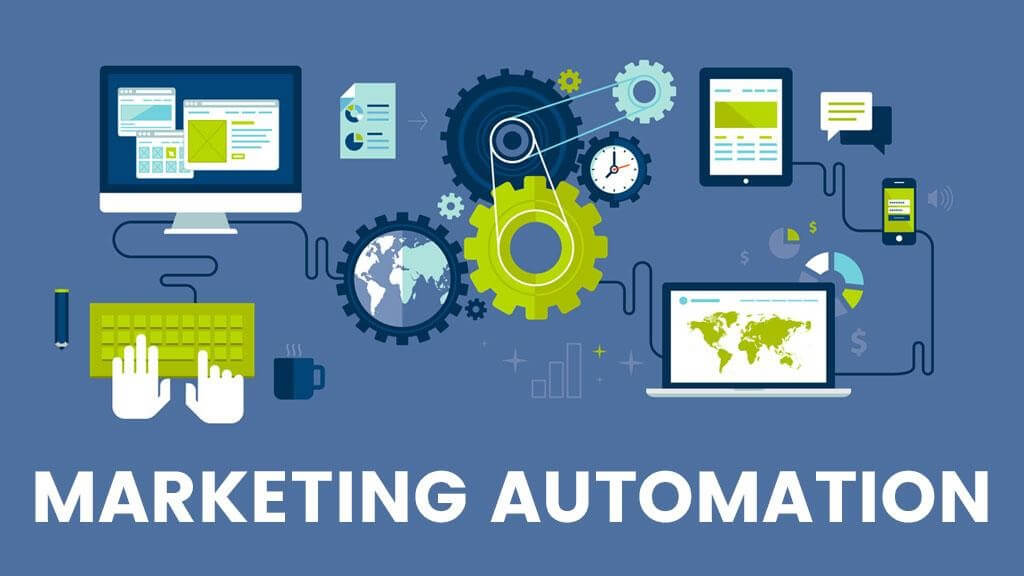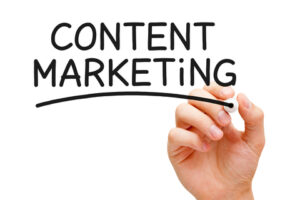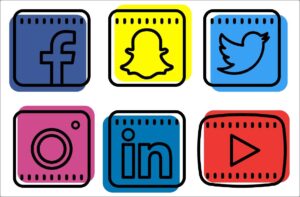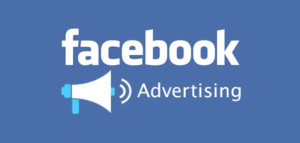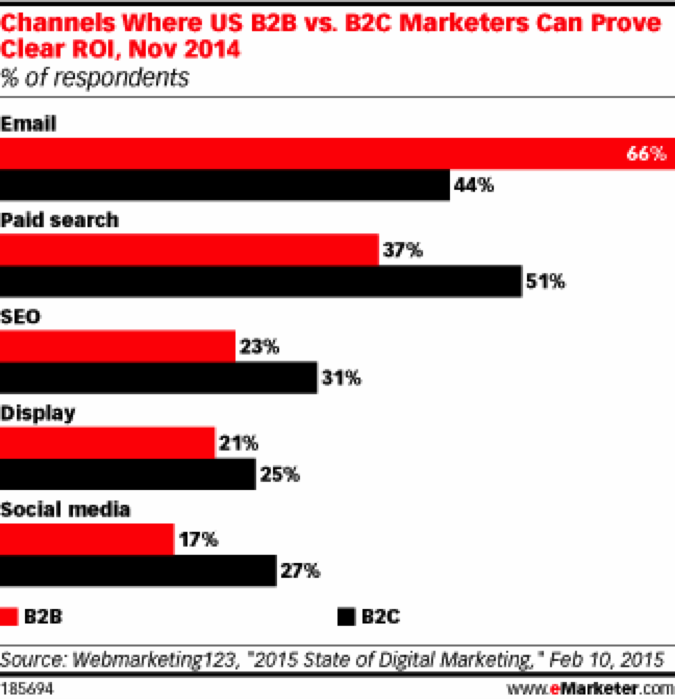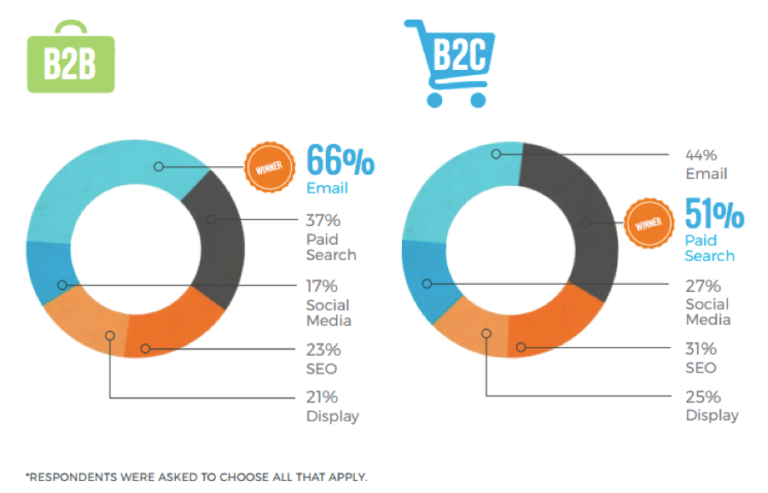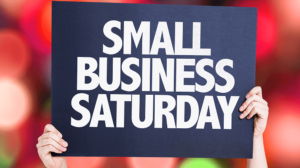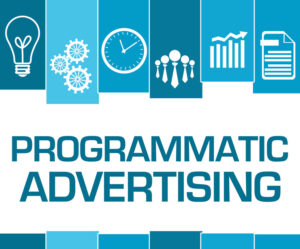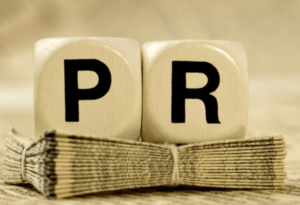Understanding Your KPI (Key Performance Indicator)
When it comes to increasing revenue, we don’t believe in guessing. That’s why we pay close attention to our key performance indicators (KPI’s). By understanding our KPI’s, we sold over $1.5 million dollars worth of sports tickets in twelve months.
Here’s how:
1. We Knew the Value of Each Website Visitor:
Consider these numbers:
- Revenue per visitor: $0.10
- Revenue Goal: $100,000 in new revenue
- Traffic Needed: 1,000,000 visitors (100,000/.10)
Knowing the positive correlations between these rates helped us project what we needed to do in order to meet our revenue goals. The question was no longer “how do we sell an additional $100,000 online next year.” Instead, we asked “how do we drive an additional 1 million visitors to the website next year” which—when answered—answered our original question.
2. Know the Value of Each Visitor From Each Marketing Channel:
Recent Posts

The Power of Online Reviews for Small Businesses
The Power of Online Reviews for Small Businesses As a small business owner, you may be wondering why online reviews are so important. Online reviews
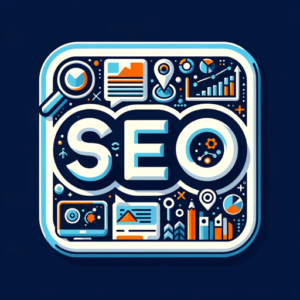
Five Most Important SEO Metrics
The Five Most Important SEO Metrics I recently came across the HubSpot State of Marketing report which showed how companies measure the success of their
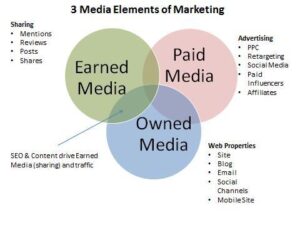
The Three Traffic Sources For Startups
The Three Traffic Sources For Startups I was recently re-reading Randall Stross’s book, The Launch Pad: Inside Y Combinator, Silicon Valley’s Most Exclusive School for

SEO: The Key to Sustainable Business Growth
SEO: The Key to Sustainable Business Growth Search Engine OptimizationIn today’s digital landscape, businesses can no longer afford to underestimate the power of search engine

Vermont Web Design
Springfield802.com Partners with Braveheart Digital Marketing to Enhance Online Presence Springfield802.com, the premier digital platform for Springfield, Vermont, today announced a partnership with Braveheart Digital

AI In Digital Marketing
Mastering AI in Digital Marketing Today, the digital world changes fast, thanks to new tech. In this landscape, Artificial Intelligence (AI) is a big deal,
